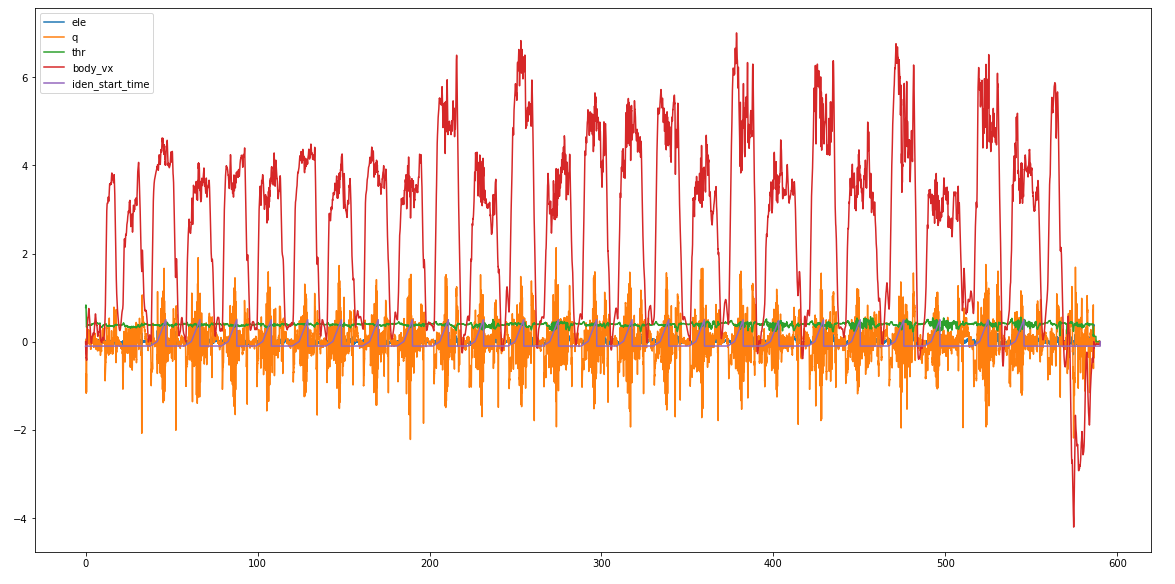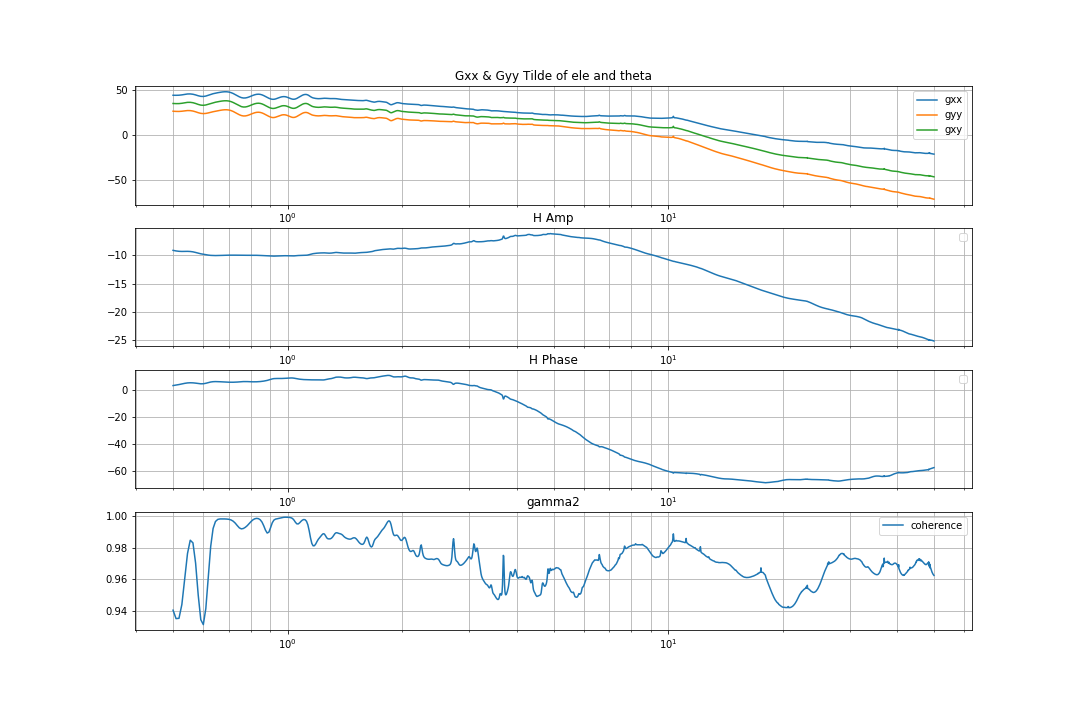This project stand for system identification for aircraft or other system.
For frequency identification
simo_iden = FreqIdenSIMO(time_seq_source, omega_min, omega_max, a_seq, data1_seq, data2_seq ..., win_num=None)
simo_iden.plt_bode_plot(0)time_seq_source is the time series, a_seq is your input data, data1_seq, data2_seq ... are your output data omega_min, omega_max are your min and max angular frequency.
Also, please take a look at SIMO example
For transfer Function identification, the just specify your transfer function model and the frequnecy domain to fit.
# Set transfer function model
num = d
den = a*s*s + b*s + c
tfpm = TransferFunctionParamModel(num, den, tau)
#Use freq, H, gamma2 output from SIMO identification
# Nw gives the sample point for optimization
# Iter times is the trial times
# Reg is regularization parameter
fitter = TransferFunctionFit(freq, H, gamma2, tfpm, nw=20, iter_times=50, reg = 0.1)Please check take a look at SIMO example also.
Also Tail-sitter example gives a more complex example on transfer function fitting with real world experiment data of a Tail-sitter VTOL UAV, the data is collect via Pixhawk.
This project uses frequency approach for state-space identification.
th0 = trims["theta"]
# Set unknown parameters
Xu, Xw, Xq = sp.symbols('Xu Xw Xq')
Zu, Zw, Zq = sp.symbols('Zu Zw Zq')
Mu, Mw, Mq = sp.symbols('Mu Mw Mq')
#Set state space formula
#AX' = FX + GU
#y = H0 X+ H1 X'
F = sp.Matrix([[Xu, Xw, -g * math.cos(th0)],
[Zu, Zw, -g * math.sin(th0)],
[0, 0, 0]])
G = sp.Matrix([[Xq],[Zq],[1]])
# direct using -u w q for y
#U equal to negative u
H0 = sp.Matrix([
[-1, 0, 0],
[0, 1, 0]])
H1 = sp.Matrix([
[0, 0, 0],
[0, 0, 0],
])
syms = [Xu, Xw,Zu, Zw,Xq,Zq]
#Set state space Model with unknow parameters
LatdynSSPM = StateSpaceParamModel(M, F, G, H0, H1, syms)
#Act frequency idenification first
freqres = freqres_10ms.get_freqres(indexs = [1,0])
#Act State space idenification
ssm_iden = StateSpaceIdenSIMO(freqres, accept_J=150,
enable_debug_plot=False,
y_names=['U',"w"],reg=0.0 )
J, ssm = ssm_iden.estimate(LatdynSSPM, syms, constant_defines={})
# Check stable
ssm.check_stable()
#Draw and print
ssm_iden.draw_freq_res()
ssm_iden.print_res()State Space example gives an example for the state-space model of longitudinal dynamics of a tail-sitter VTOL, please check for details.
PX4 records ULog data, read PX4 data is easy with this project
fpath = "data/foam-tail-sitter/log_32_2018-4-10-15-53-08.ulg"
px4_case = PX4AircraftCase(fpath)
needed_data = ['ele', 'q', 'thr', 'body_vx', "iden_start_time"]
t_arr, data_list = px4_case.get_data_time_range_list(needed_data)Check Tail-sitter example for details.
Here shows the Ulog data read from ulog

In data and examples, contain data and analyse, first for a Cessna 172sp. Data is collect in X-Plane Simulator. Second is a Tail-sitter VTOL, data is collect in real world experiment.
Cessna example: SIMO example
Tail-sitter example: Tail-sitter example
State Space example: this require Tail-sitter example output frequency response results first.
You can found more algorithms details in this slides.
Please Check Remple, Robert K., and Mark B. Tischler.Aircraft and rotorcraft system identification: engineering methods with flight-test examples. American Institute of Aeronautics and Astronautics, 2006. for aircraft identification algorithm details.
This project uses MIT license
Enjoy!
